Briquet Champagne Saber
- Historical sword from the time of the Napoleonic Wars
- Excellent sword for sabrage
- Overall length: 77.8 cm
- Blade material: 420 Stainless Steel
- Sharpness: Unsharpened
249€
• Pickup: Immediately from store in Kaarina, Finland
Description of the Product
The Briquet Saber was a melee weapon used during the Napoleonic Wars of the late 1700’s and early 1800’s. It is a short, slightly curved sword with a brass handle that was carried by most infantry units, by the artillery and the grenadiers, as well as the NCO’s, corporals and later even the Imperial Guard. The briquet was first introduced in 1767, before the French Revolution, for the French grenadiers whose old swords had been too heavy and cumbersome. The new short-bladed sabre was instantly mocked for its short stature, and was named “Briquet”, a fire lighter, for its resemblance to the lighters used by the soldiers in the field. The name stuck, and became official in 1806.
The mobile Grande Armée marched around Europe in a show of Napoleon’s tactical mastery, from Austerlitz to Friedland, from Borodino to the Iberian peninsula and eventually to Leipzig and Waterloo. The briquet at their side the soldiers spread new revolutionary ideals everywhere they went, and the Europe after the Napoleonic wars was completely different to what it had been, not only militarily but also socially and politically, as the newly discovered democratic as well as nationalistic ideals gained ground.
The Briquet was used as a practical and utilitarian tool, for example in clearing vegetation, but it was also an effective weapon in close combat. However in tight close quarters soldiers still mostly preferred the bayonets or the stocks of their muskets over the sword. Some infantry regiments continued to carry the briquet until 1815 and it was partially carried until the introduction of the new infantry saber model 1831.
How to open a Champagne bottle with a sabre –Sabrage
During the Napoleonic wars their spectacular victories across Europe provided plenty of reasons to celebrate. And there were crushing defeats too. These fluctuations of fortune led Napoleon to conclude that: "I can’t live without champagne: in case of victory I deserve it; in case of defeat I need it.” During these celebrations/commiserations the soldiers would open the champagne with their sabers. This impressive technique is known as Sabrage and is still used for ceremonial occasions.
A champagne bottle holds a considerable amount of pressure that is created during the secondary fermentation. With early designs, bottles tended sometimes to explode from this pressure. The manufacturers kept making bottles thicker until they could contain the pressure caused by the release of carbon dioxide. However there are still a few weak spots in the construction that can be taken advantage of in sabrage. The bottle lip creates a stress concentration and as a second weak spot the bottle has a thin vertical seam. Where these two meet the strength of the glass is reduced by more than fifty percent.
In Sabrage you firstly chill your champagne bottle well. As the second step the champagne bottle is held at an angle in your left hand and pointed away from the eager and thirsty spectators. Thirdly the saber is then slid along the vertical seam toward the lip. The impact of the saber on the weak point of the lip creates a crack that rapidly spreads around the tip of the bottle. Fueled by the momentum of the saber and the pressure inside the bottle the top flies off, typically for a distance of 5–10 meters. As the last step it’s time to take a bow as the bottle is now open and ready to pour. If you try this yourself, please be aware that the edges of the bottle mouth and the separated top collar will be very sharp, and some small glass shards may appear, depending on the thickness of the bottle.
The Champagne sabre is a perfect gift for anyone appreciating the finer things in life, especially if given together with a nice bottle to practice with. This sword comes with a cloth bag to keep your sword in pristine condition when in storage or while transporting.
The stainless steel blade is easy to care for, and the sword is ideal as a decoration, as part of a costume, as a collectible and suitable for light cutting practice in addition to Sabrage. The material is not suitable for steel-on-steel fencing or heavy cutting practice. Made by Marto of Toledo.
- Overall length: 77.8 cm
- Blade length: 59.5 cm
- Handle+Pommel length: 13 cm
- Weight: 0.98 kg
- Width at Guard: 3,5 cm
- Thickness at Guard: 5,7 mm
- Blade material: 420 Stainless Steel
- Sharpness: Unsharpened
We were going to make our own How-To video, but why try to recreate something perfect. Other how-to videos can also be found from the interwebs.

Highly grateful for the wonderful dress, coat and bag. Delivery was super fast, all items are high quality and the size suits me perfectly, matching exactly the measurements marked at the website.
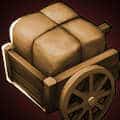
Products are located in our own storehouse
In Kaarina, Finland.
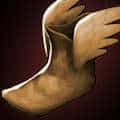
Fast shipping
Orders are shipped out within 24 hours of us receiving the order.
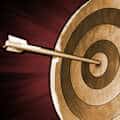
Purchase online or offline
You can also pickup your order at our store.

Flexible payments
We accept Credit Cards & Online Banks etc.
Our Store
All orders can also be picked up from the brick-and-mortar store at Oppipojankuja 1, 20780 Kaarina. 10min drive from the centre of Turku.
Welcome!
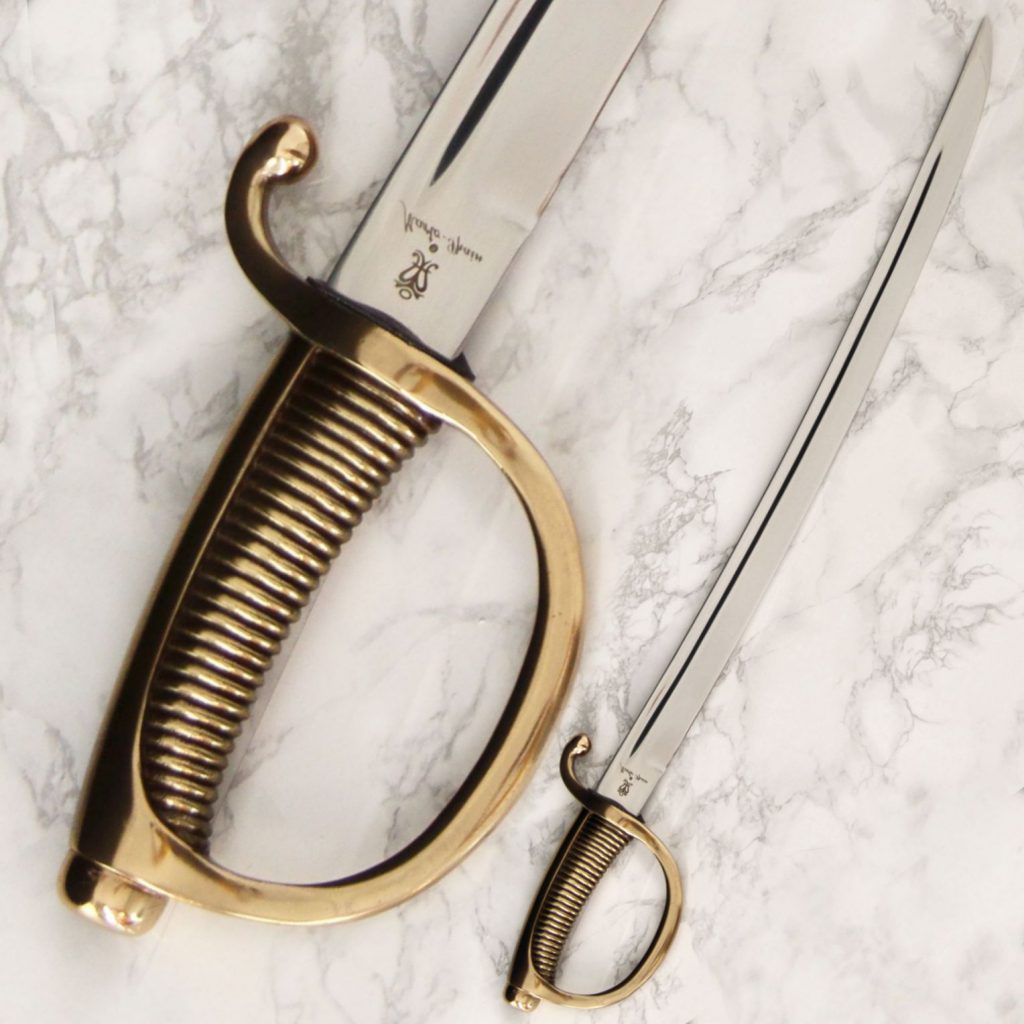
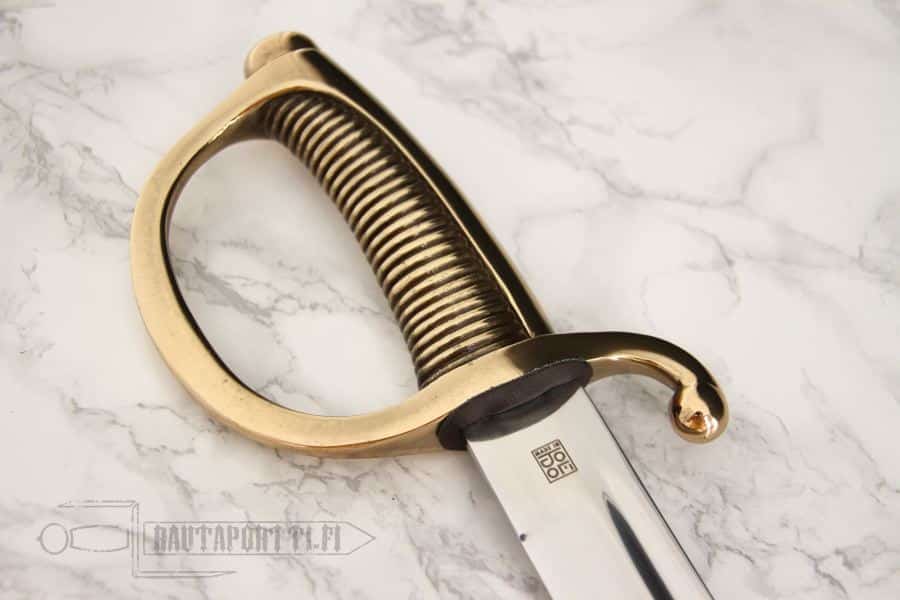
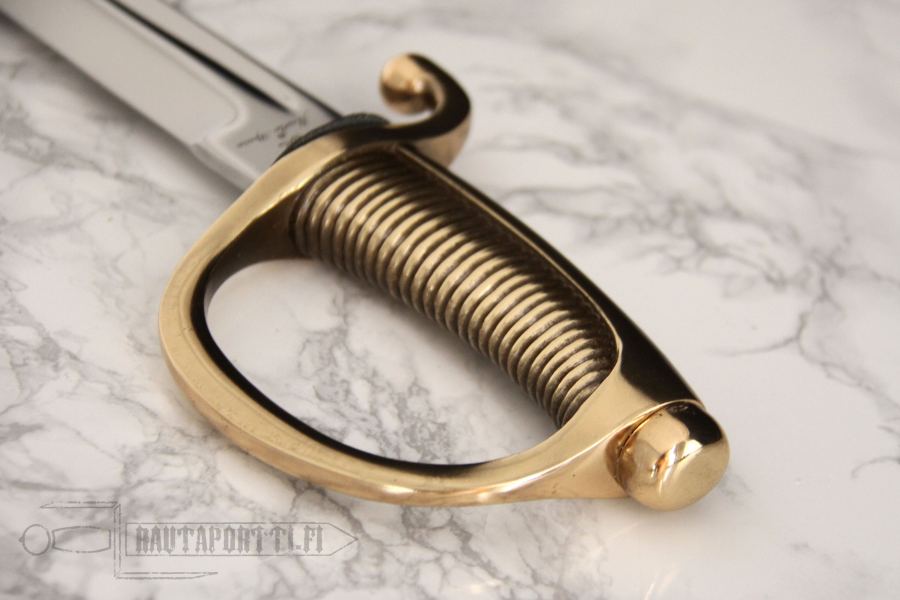

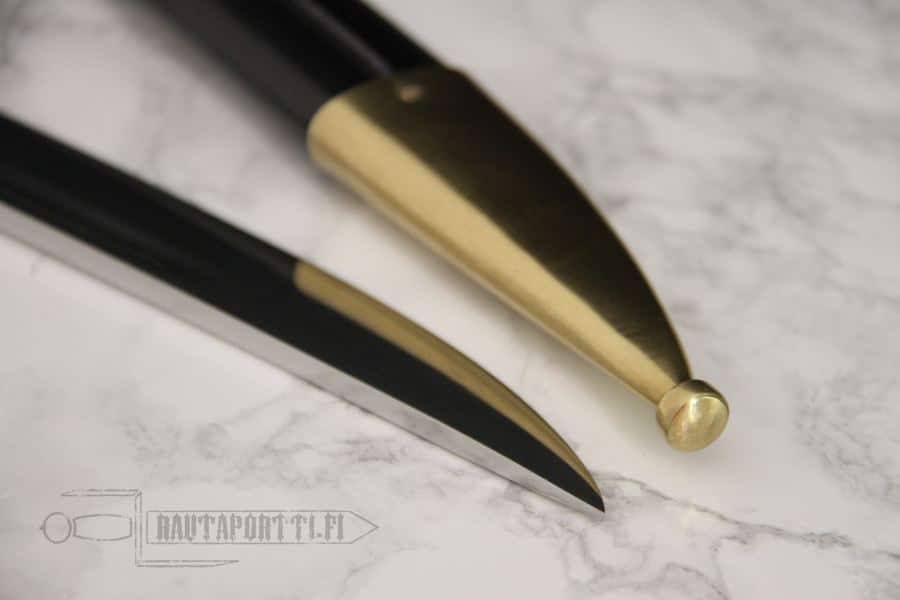

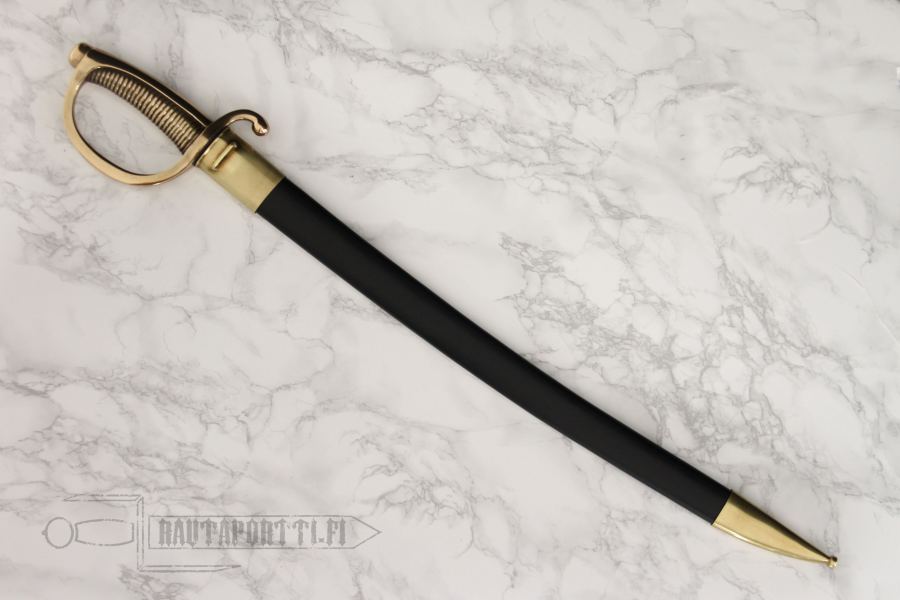
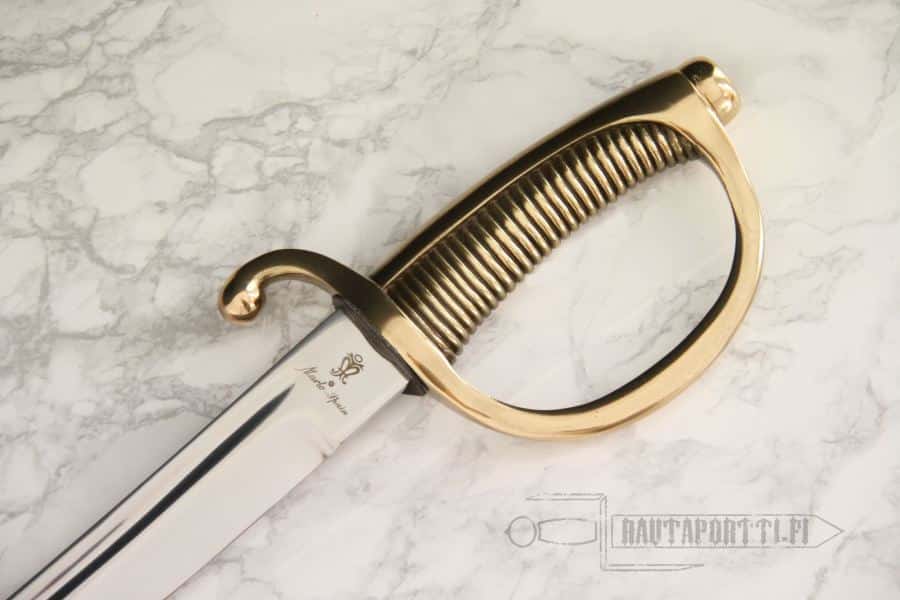
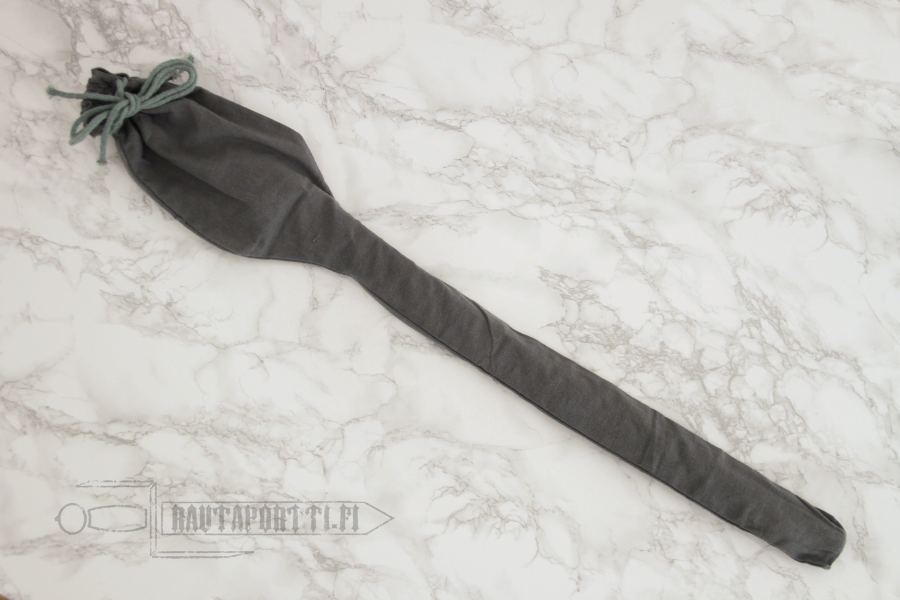
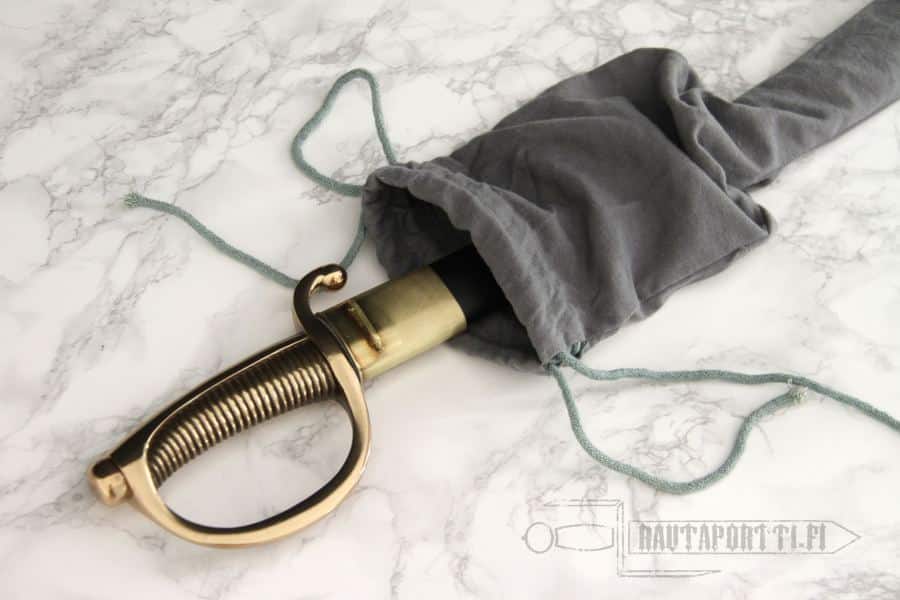
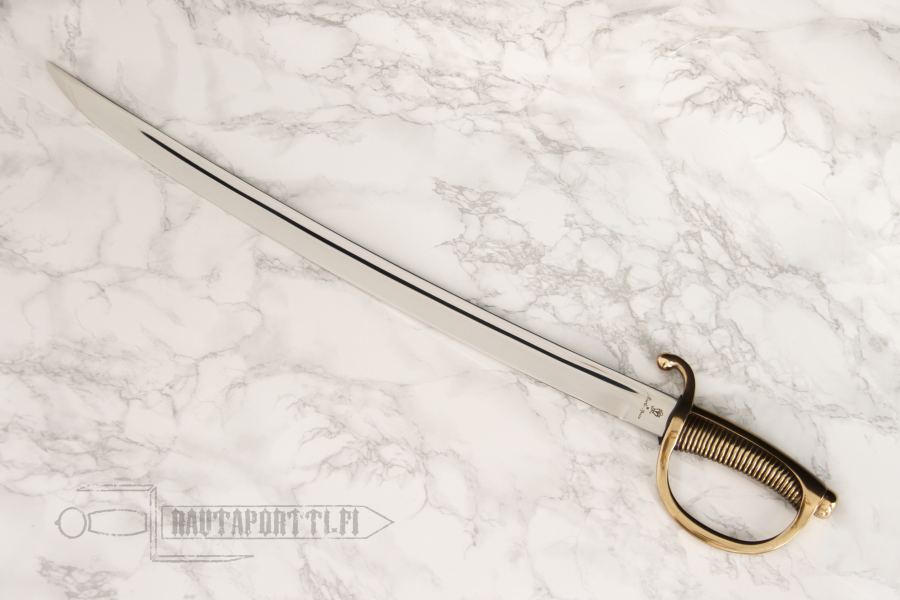
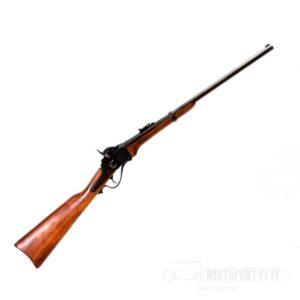
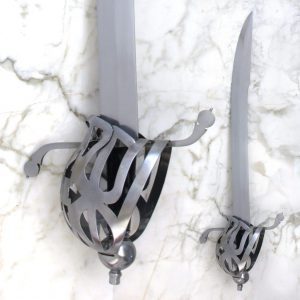

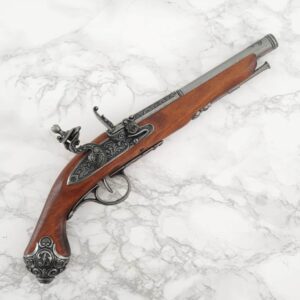
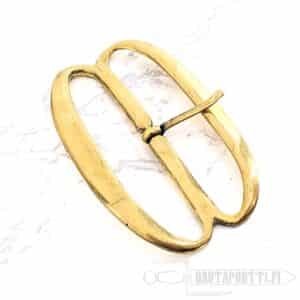
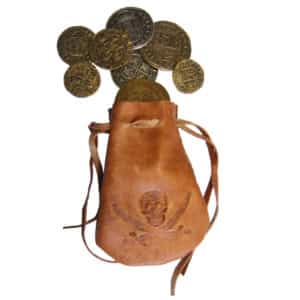
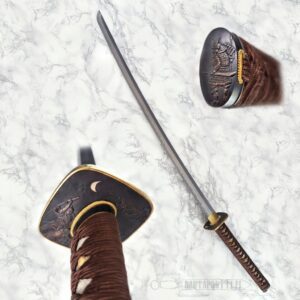
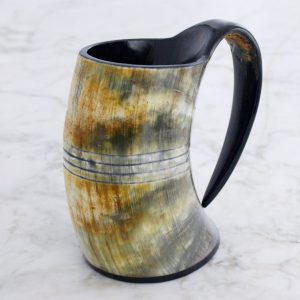
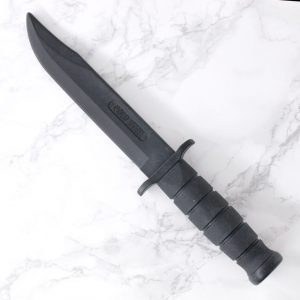

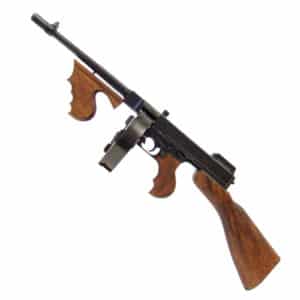
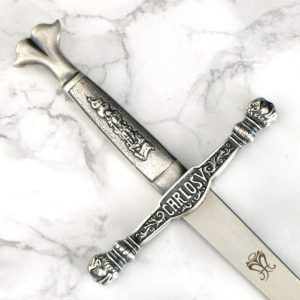
Reviews
There are no reviews yet.